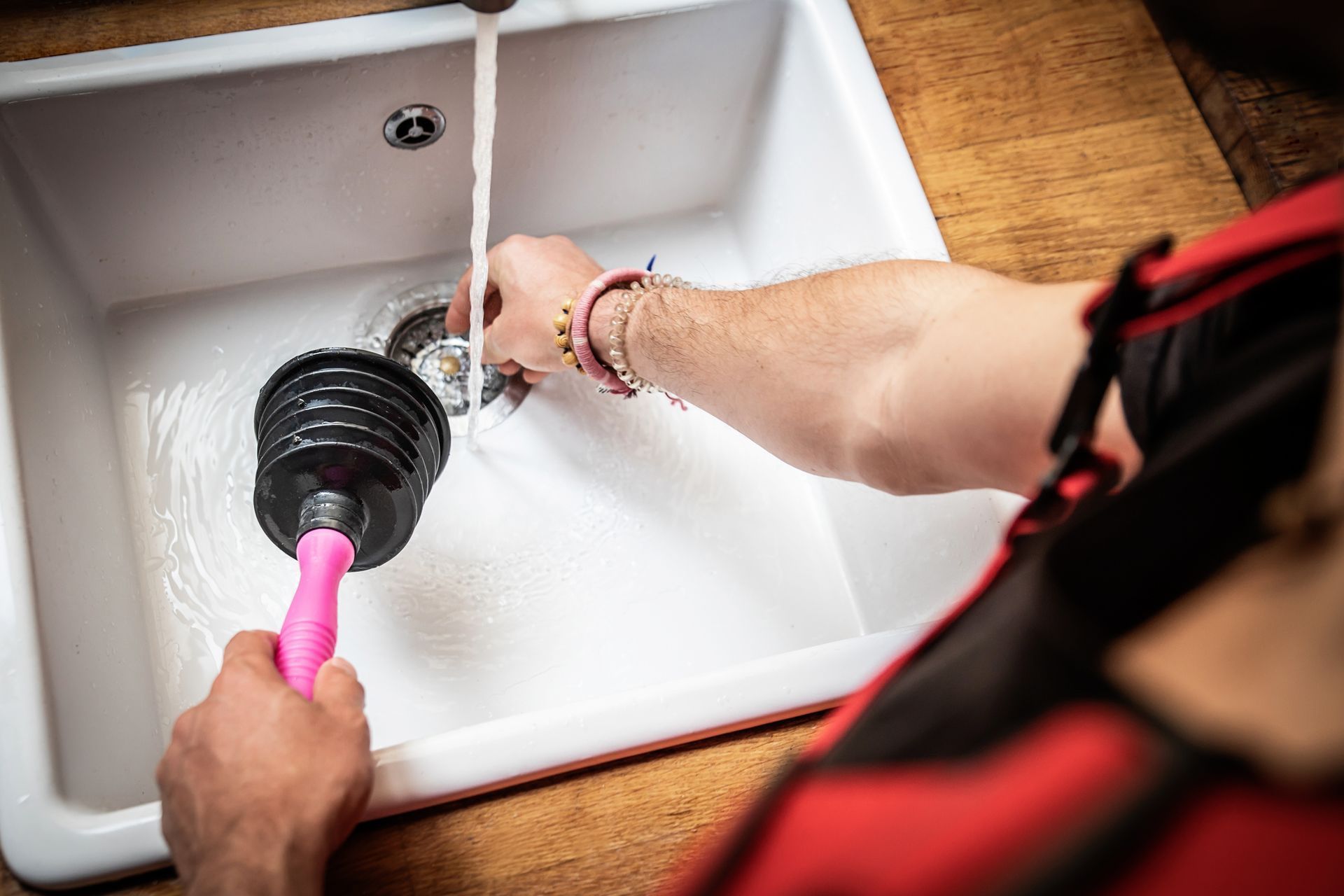Factors That Determine the Cost of a Septic System Installation
February 18, 2021
System Size
The septic system's size determines labor and material costs, so sizing is a significant determinant of the overall cost. Septic sizing mainly depends on:
- The property's size
- The expected water use
- The local building codes
For example, a three-bedroom house usually requires a 1,000-gallon tank, which alone costs anywhere between $600 and $1,000.
System Type
Septic systems vary depending on how they treat waste. The common types include:
- A conventional system with a gravel drainfield that absorbs treated waste
- A chamber system where the drainfield has a series of chambers in direct contact with the soil
- An aerobic system where the septic tank receives oxygen injection to accelerate the decomposition process
Different systems require different materials, structures, and installation processes. Thus, your septic's cost will also depend on the type of system you choose. For example, aerobic systems are relatively expensive compared to most systems.
Tank Type
A septic system has a tank where the waste treatment occurs. The septic tank material also determines the system's cost. Common tank materials include:
- Concrete, with an average cost compared to other materials
- Plastic, which is relatively inexpensive
- Fiberglass, which is relatively expensive
Each of these materials has its pros and cons. For example, concrete is durable but can crack, while plastic is durable but can suffer damage during installation. Consider the pros and cons to help you make an informed choice.
Existing Landscaping
Septic system installation involves significant excavation - most parts of the system need to be underground. For example, excavation is necessary before the installation of the:
- Tank
- Drainfield
- Pipes
- Distribution box
The nature of the landscape will determine the excavation cost. The nature of the landscape depends on things like:
- Existing plants
- Existence or absence of rocks
- The gradient of the land
For example, you might spend extra funds to relocate existing plants to other areas.
Waste Flow
In all septic systems, the waste needs to flow from the treatment area to the disposal area. Waste flow can be via:
- Gravity, which is only possible if the treatment area (tank location) is higher relative to the disposal area drainfield
- Septic pump, which is necessary if the drainfield sits higher relative to the tank area or if the ground is flat
Aggregate Material Costs
The septic drainfield needs to have permeable materials to allow waste to percolate into the ground at the appropriate speed. Waste might accumulate on the drainfield if the drainfield is not permeable. An extremely permeable drainfield can allow untreated waste into the ground.
You may need to excavate the drainfield and fill it with the right aggregate materials to get the right permeability. Gravel and sand are common options. In such a case, the cost of aggregate materials in your areas will also influence your price. For example, you may enjoy inexpensive materials if your area has abundant aggregate materials.
Note that your septic's installation will determine its operating efficiency and durability. O'Fallon Sewer Service has been in the plumbing industry for over 50 years. We have the experience to design, install, and maintain septic systems. Contact us
for a quote on any septic service you need. We look forward to hearing from and speaking with you.
This article takes a detailed look into the most prevalent factors contributing to sewer backups in and around your home. Read on for more.
The pipes in your home and workplace are often out of sight, out of mind. But as they age, they can pose a variety of issues. Read about them in this blog.
Bursting water pipes is a common issue that homeowners face. Here are some common causes of burst pipes and how you can prevent this unpleasant issue.
Some tree roots invade underground drainage pipes and wreak havoc. Discover how to safeguard your investment and keep your drains flowing freely.
One way to increase value is upgrading the plumbing system. Read on to discover four plumbing ideas to help increase a home's worth before selling.
If you own a home with a septic tank, locating your septic tank can be difficult. Discover five simple ways to locate your septic tank.
As a homeowner, you must learn to detect sump pump issues early. Read this blog to learn about four common sump pump issues to look out for.
If you get the right plumber for your home, you will save money and time. Discover how to find the best plumber for your next project.








